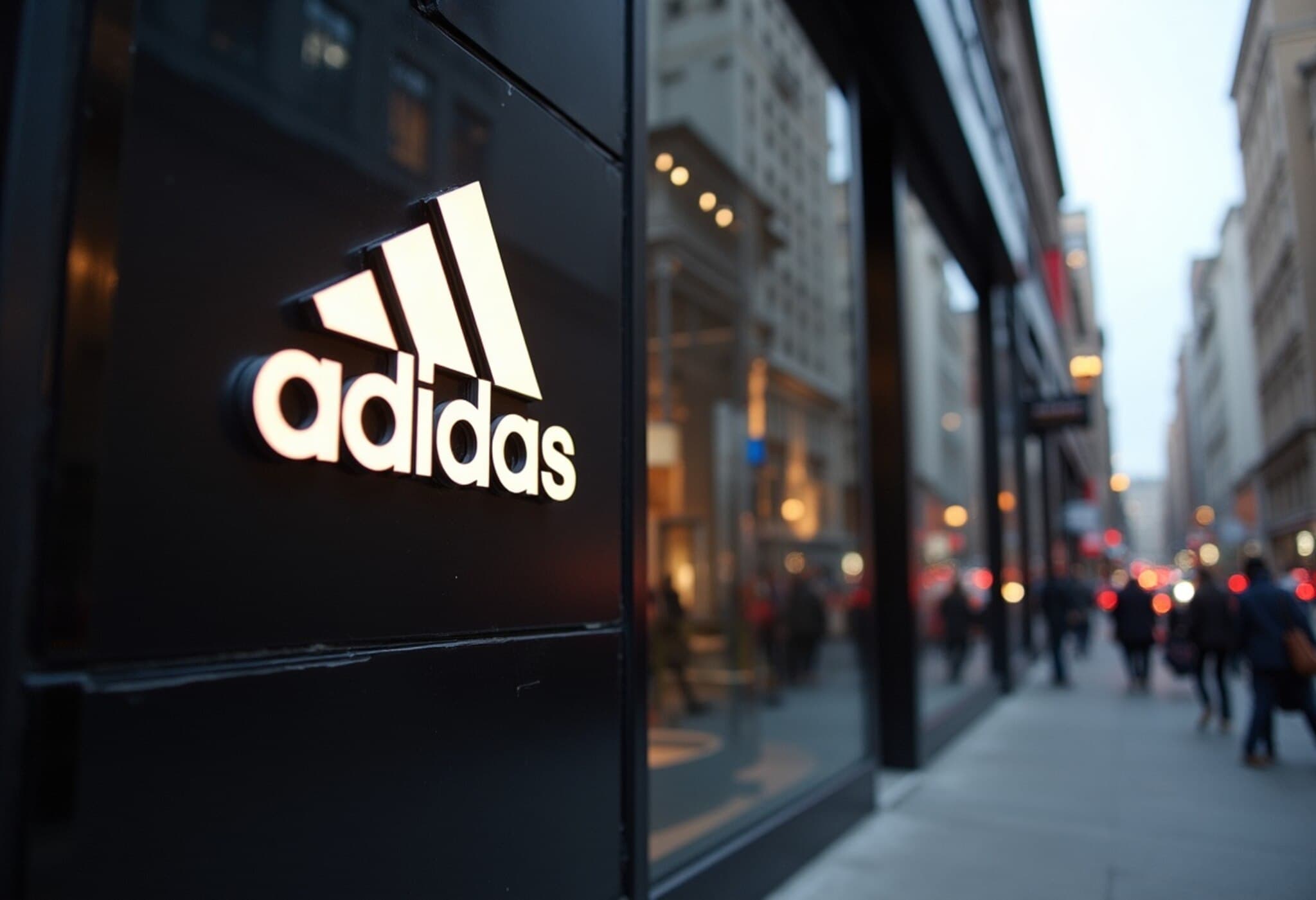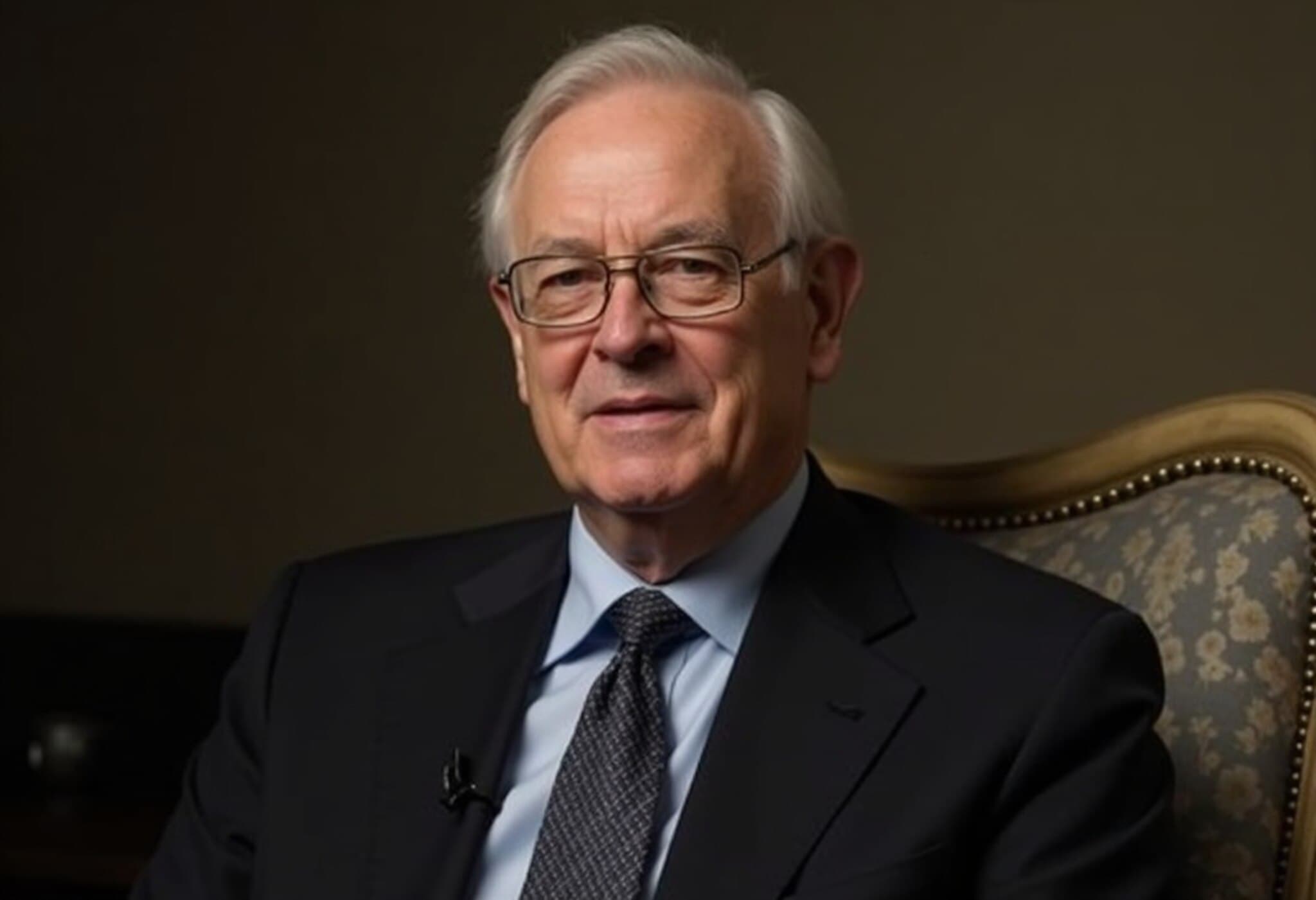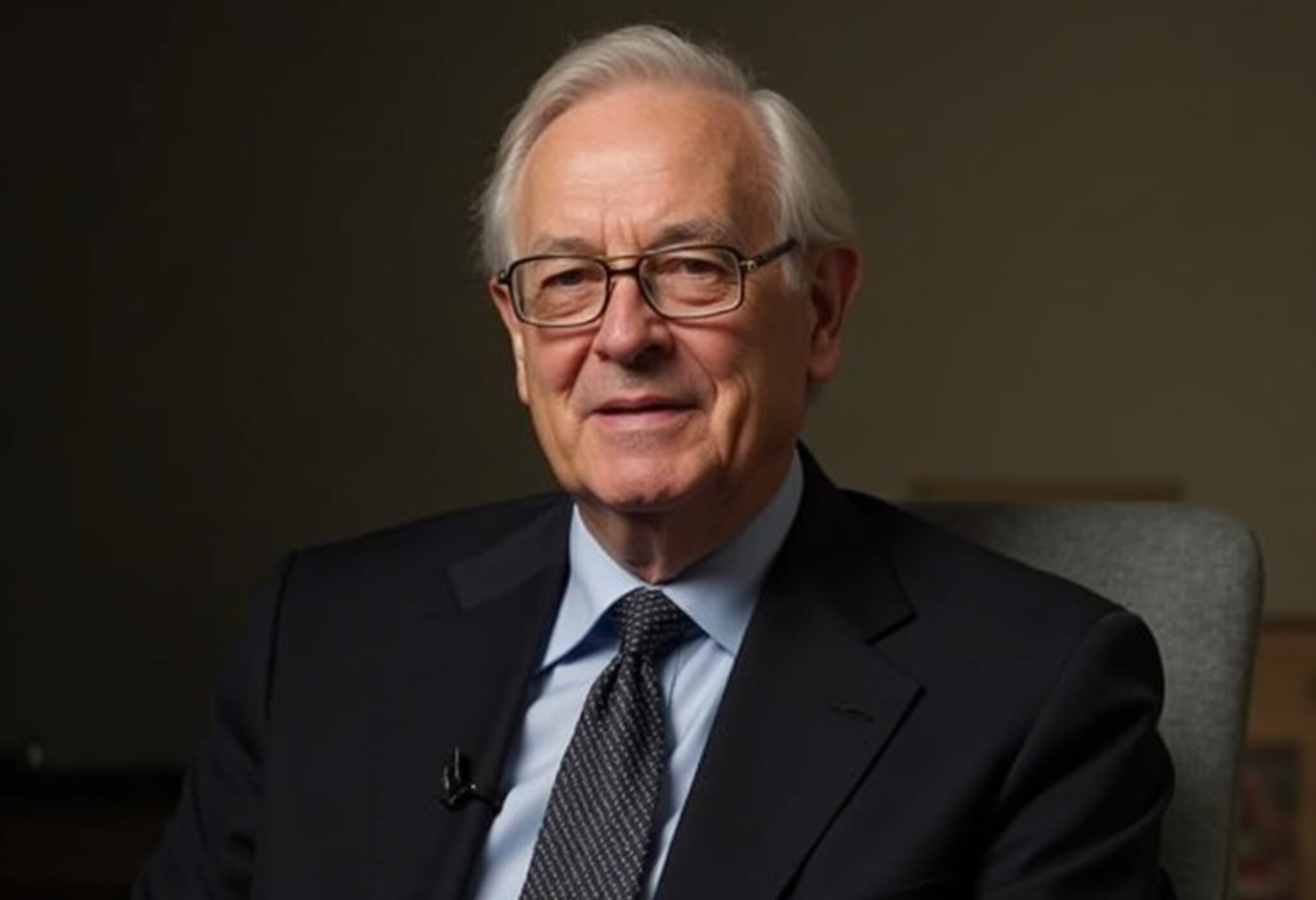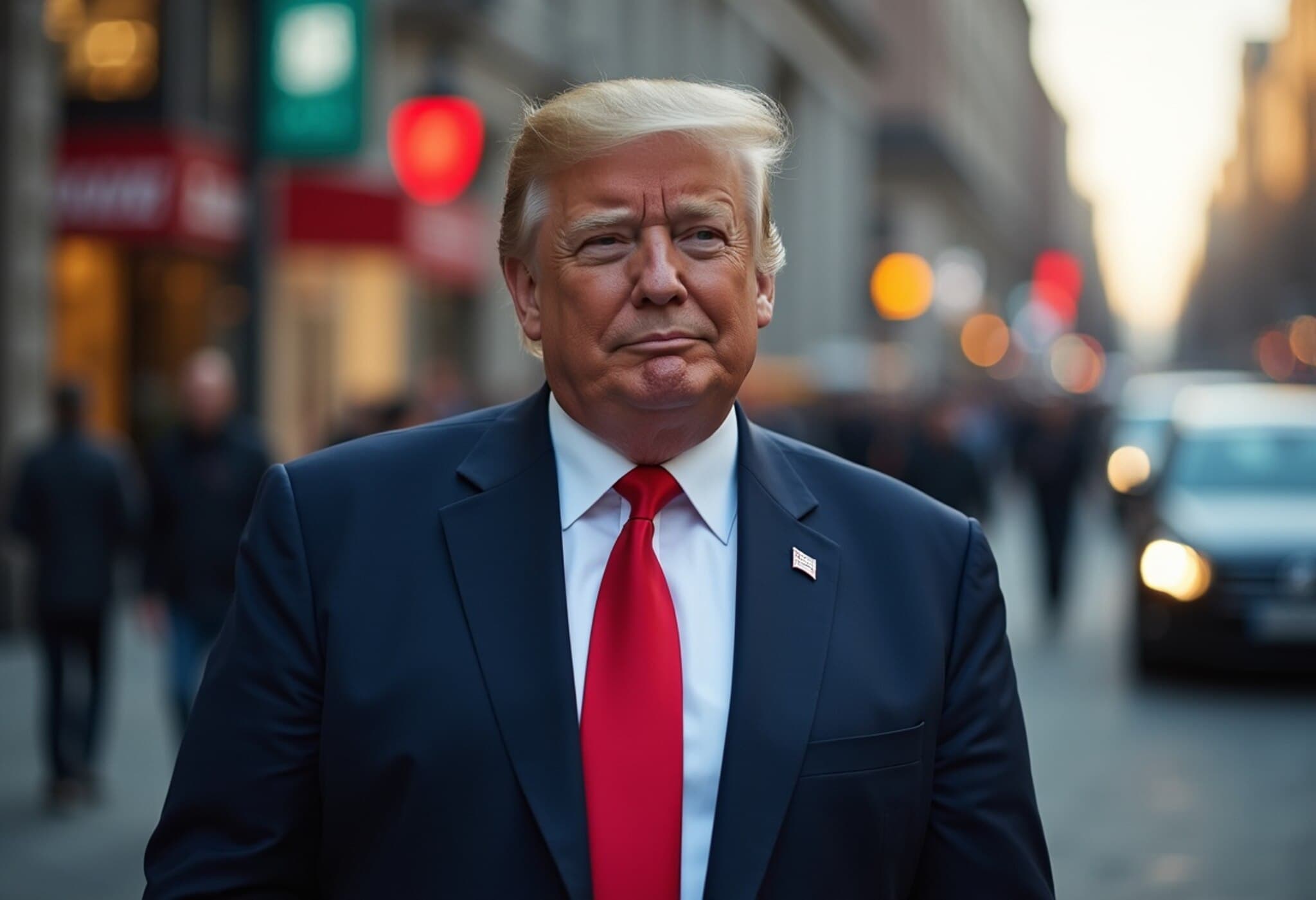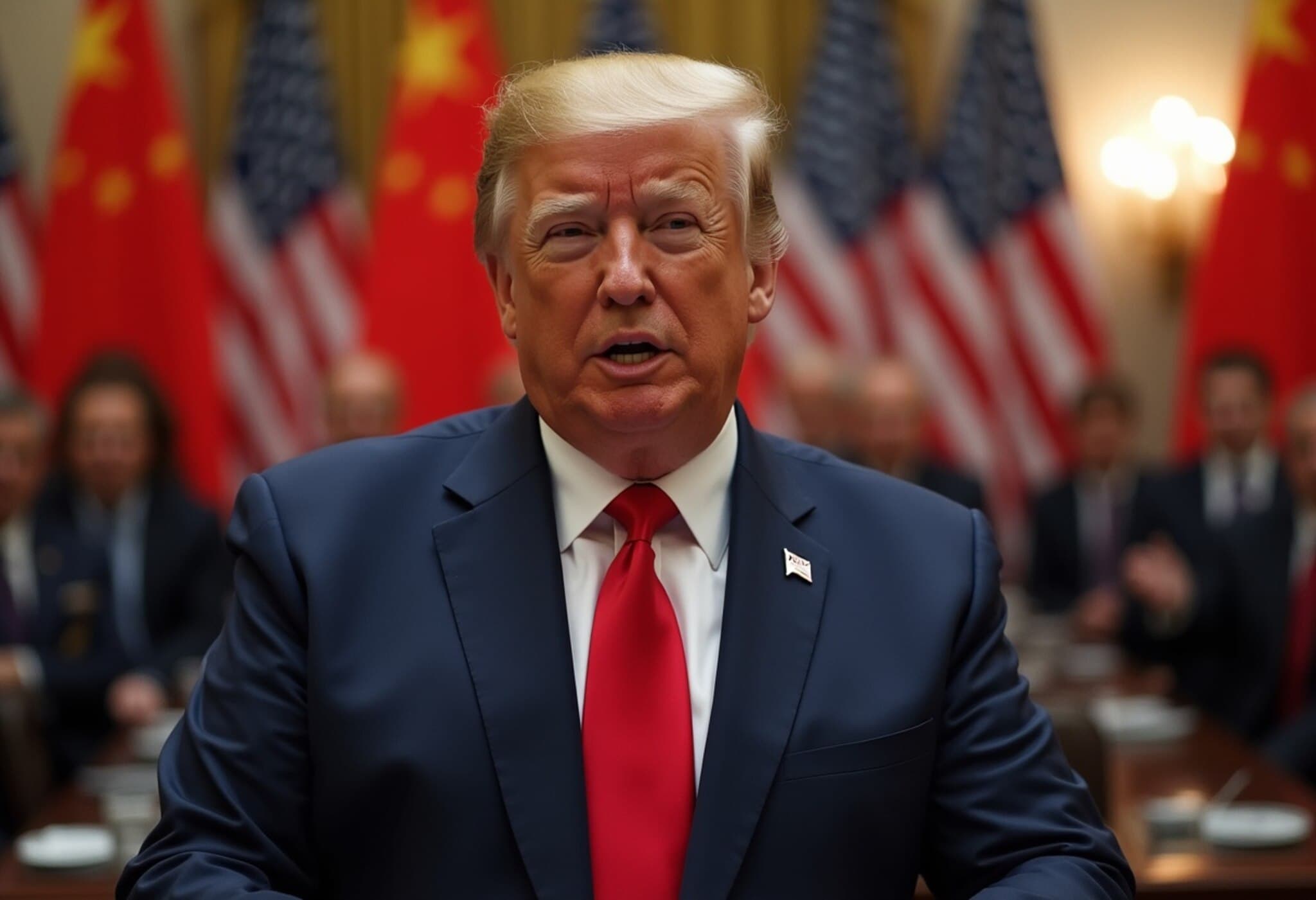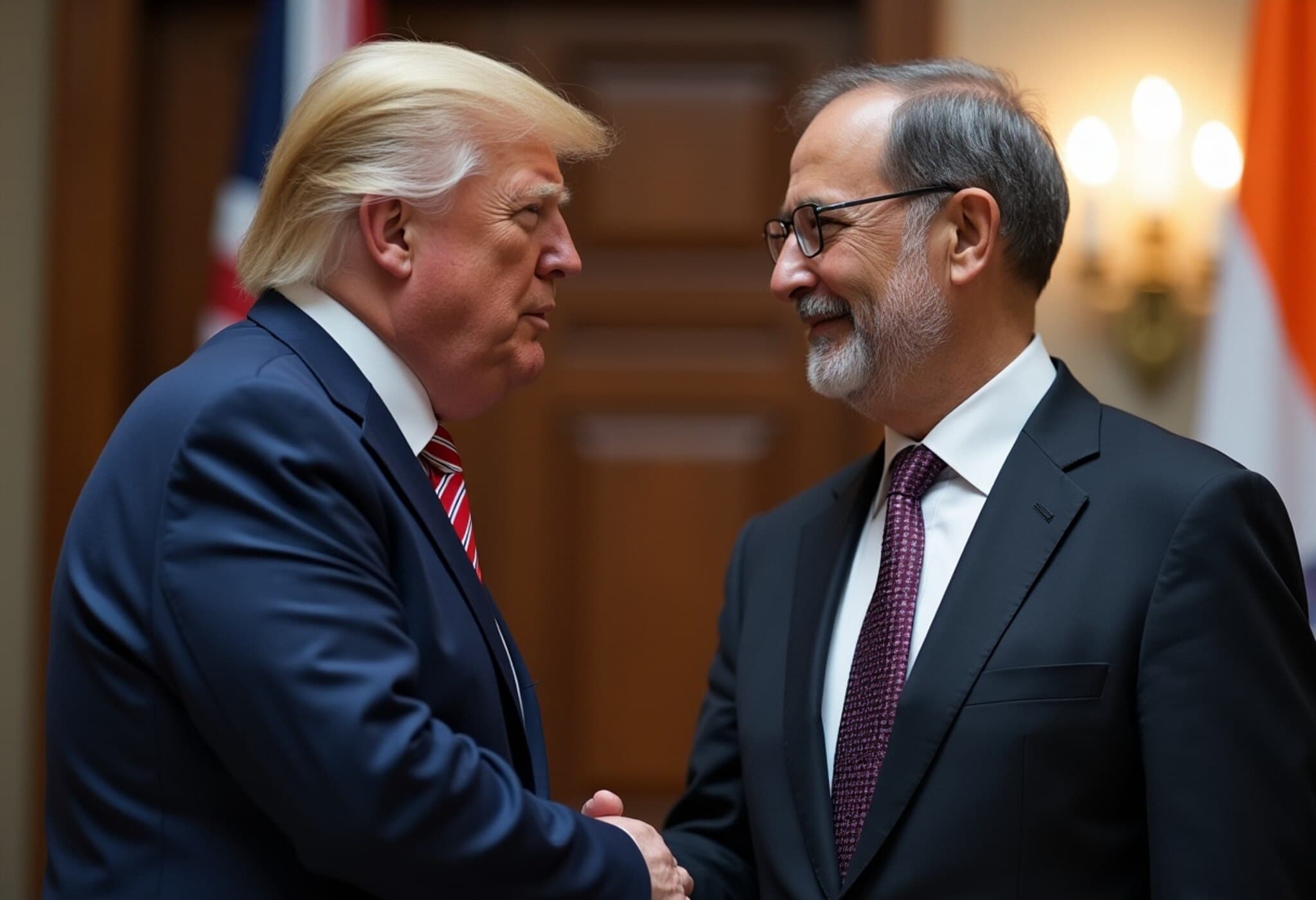E.l.f. Beauty Reports 30% Profit Decline Amid Rising China Tariffs
E.l.f. Beauty, a prominent player in the mass-market cosmetics industry, announced a significant 30% drop in net profits for its fiscal first quarter ending June 30, 2025. The company attributed this decline largely to new tariffs imposed on Chinese imports, which have started to weigh heavily on its bottom line despite a modest 9% increase in sales.
Financial Highlights and Market Performance
In the quarter, E.l.f. posted $33.3 million in net income, down from $47.6 million in the same period last year. While the overall profit shrank, the company managed to beat Wall Street expectations with adjusted earnings per share (EPS) of 89 cents versus the anticipated 84 cents and revenues of $354 million, slightly above the forecasted $350 million.
Yet, the sales growth of 9% marks a deceleration from previous years when E.l.f. enjoyed high double-digit growth rates, a trend reflecting a broader cooling in the beauty sector after a boom during the pandemic era.
Tariff Impact and Strategic Response
CEO Tarang Amin addressed the challenges posed by an evolving trade environment, especially noting the complexities around tariff policies on Chinese goods. Currently, E.l.f. faces tariffs of approximately 55% on imports from China, a steep increase from prior years.
"We're navigating an unpredictable macroeconomic landscape with considerable tariff-related uncertainty," Amin explained in an interview with CNBC. "While 55% tariffs are significant, they're far more manageable compared to the 170% rates discussed previously. Our strategy involves raising product prices modestly and diversifying our supply chains to mitigate risks."
- Price increases of about $1 per item have been implemented to offset tariff costs.
- Expanding operations internationally to reduce dependency on U.S. and Chinese markets.
- Seeking alternative manufacturing and sourcing opportunities outside of China.
Growth Drivers and Market Positioning
Despite challenges, E.l.f. continues to capture market share and remains competitive. A notable aspect of its strategy includes launching affordable "dupe" products—budget-friendly alternatives inspired by high-end prestige cosmetics. For instance, its recently introduced Bright Icon Vitamin C + E Ferulic Serum is priced at just $17, compared to a similar product from SkinCeuticals retailing for $185.
Additionally, E.l.f. expanded its portfolio with the acquisition of Hailey Bieber's beauty brand, Rhode. This move is expected to bolster the company's presence in Sephora stores across the U.S. and Canada starting September 2025, although its financial impact will materialize in upcoming quarters.
Uncertain Outlook Amid Inflation and Consumer Shifts
The lingering global economic uncertainty—marked by inflationary pressures and cautious consumer spending—continues to influence the beauty industry's trajectory. Amin acknowledged these headwinds but remained cautiously optimistic about a rebound in growth in the next quarter.
He emphasized, "While consumer demand is currently soft, our historical growth momentum and strategic initiatives position us well once tariff uncertainties resolve and economic conditions stabilize."
Expert Insight: Navigating Trade Risks in Beauty Supply Chains
The challenges E.l.f. faces reflect a larger story impacting many U.S.-based beauty and consumer goods companies. Tariffs disrupt supply chains, force price hikes, and compel brands to rethink sourcing strategies. Experts suggest that companies investing in supply chain diversification and nimble product strategies can better weather geopolitical risks.
For investors, E.l.f.’s experience is a case study in balancing growth with increasing operational costs amid geopolitical tensions. How companies adapt will likely shape competitive advantages in the years to come.
Editor’s Note
E.l.f. Beauty’s latest quarterly report highlights the tangible effects of international trade tensions on American consumer brands. While profits have taken a hit due to tariffs, E.l.f.’s proactive pricing adjustments and supply chain diversification signal adaptability in a volatile market. Going forward, the full impact of new acquisitions and the evolving tariff landscape will be critical to watch. Readers are encouraged to consider how these macroeconomic factors influence not only cosmetics but broader retail and manufacturing sectors.



